Interview: Guitarist Duane Eddy Discusses His New Album, 'Road Trip'
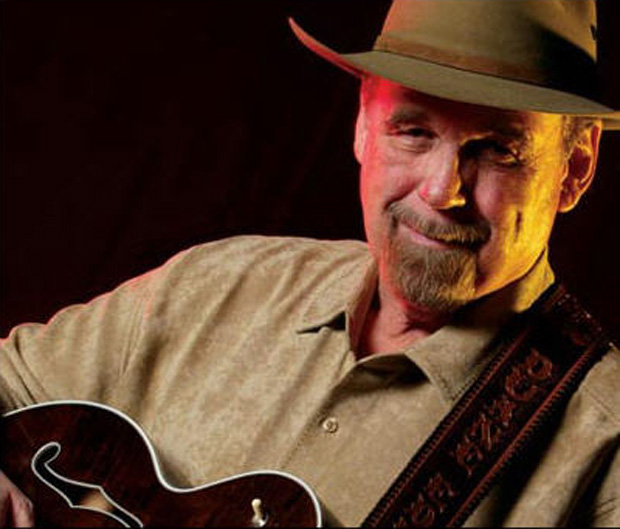
Duane Eddy is the original rock ’n’ roll guitar hero. His 1950s guitar instrumentals, including “Rebel Rouser” and “Ramrod,” inspired countless kids to start playing the guitar, and many rock icons list him as a major influence.
At 73, Eddy is still tearing it up on stages across the globe, and he has a new album, Road Trip.
Guitar World spoke to the Rock And Roll Hall Of Famer at his house in Nashville about his current goings on.
GUITAR WORLD: Your new album, Road Trip, will be released later this month. How does it feel to have a new album coming out?
It feels very surprising and very good. It’s really a great feeling to have a new album out, and the reviews have been great.
You’re getting ready to play the Glastonbury Festival in England, and you did a successful tour of the UK last year. Can you put your finger on why they love you so much over there?
I started over there in 1960, and they had never heard a band or an artist play live that sounded so much like their records. We even brought our record producer, Lee Hazelwood, as our soundman in exchange for a free trip to England. We could reproduce our records exactly live, and that blew their minds. After that first tour, I’ve always had a big following in England. On that tour, we were opening up for Bobby Darin, and people were chanting, “We want Duane” for 10 minutes into his set, they were going so crazy. They separated us after the first show; I closed the first half, and he closed the second half.It’s also a small country. If you land in London, they hear about it in Sheffield, they hear about it Ireland, they hear about it all over. I have the same fan base over here in the States, but it’s just so spread out compared to the UK.It is my opinion that if there were a Mount Rushmore of rock ’n’ roll guitar players, you would be George Washington. What are your thoughts on that?Well, I was a pioneer, there’s no getting around that, but I can’t say things like that about myself. But when you get right down to it, I guess I really was the first rock ’n’ roll guitar star, and it really kicked off the guitar instrumental phenomenon. I didn’t know I was going to do all that. I just wanted a hit record, I just wanted to make a living! (laughs)How did the new album come about? How did the recording go, and where did you do it?I went over to England last year, because I met Richard Hawley’s manager, Graham Wrench, and he became my manager, too. He set up some shows, and I did some October dates last year. A few months later, I went back to England and went to the Mojo Awards dinner, and I got an Icon award. At that dinner I met Richard Hawley, and suggested that we record together. Graham, who managed both of us, said let’s make a new Duane Eddy record, so we went up to Sheffield to Yellow Arch Studios and laid it down.The studio was funky, like we used to have in the old days, and comfortable. It was really conducive to creating. We sat around writing songs, I wrote a few, the guys in the band wrote a few, and in 11 days we had a record.What’s your opinion of how they make records today compared with how your classic records were recorded?That’s the reason I loved this new record so much, is because we did it pretty much like we used to do it. The band played live in the studio, and we’d throw out suggestions to each other while we were doing it, and try new things.I’ve done a lot of different recordings over here in Nashville, on Pro Tools and things, and it never seems to sound right to me. But whatever they were using in England, it was some kind of digital setup, it really sounded great, it sounded like an old analog recording to me. They really had the technical aspects down, and when I heard the mastered final product, I thought, this sounds perfect.I’m sure you’ve been asked this a million times, but can you explain how you get such a big sound?Yeah, we keep me in the mix with the band, but kind of separate, and create a little hollow place for me in the mix … and then they turn me down, believe it or not. Surprisingly enough, that makes it sound bigger.Live, I’ve got a big 100-watt amp, with a 15-inch JBL D130, that’s definitely part of the sound, too.What’s the current status of the Gretsch Duane Eddy model? Are you happy with them?I’m really happy with it, they’ve finally got it right, to where it feels just like my old one. Stephen Stern at Gretsch, when he made the prototype, he discovered that my old 1957 was a quarter-inch deeper in the body than the newer ones they were making, so they made the body deeper like my old one. Also, my old guitar has a real slim neck on it, so they copied the neck profile from my original Gretsch.Then we made a few improvements, such as a radius matched Tru-Arc bridge, trestle bracing, and we put some longer pins in the Bigsby tailpiece to prevent the strings from slipping off the tailpiece when you’re changing strings.New album, shows, what else is coming up for Duane Eddy?I think we’re going to do a lot of promotion on the album, and on the new Gretsch guitar, as well. I’m going to do lots of interviews, and another short tour of England in September of this year. It’s great to be busy again, I’m loving it.
Get The Pick Newsletter
All the latest guitar news, interviews, lessons, reviews, deals and more, direct to your inbox!
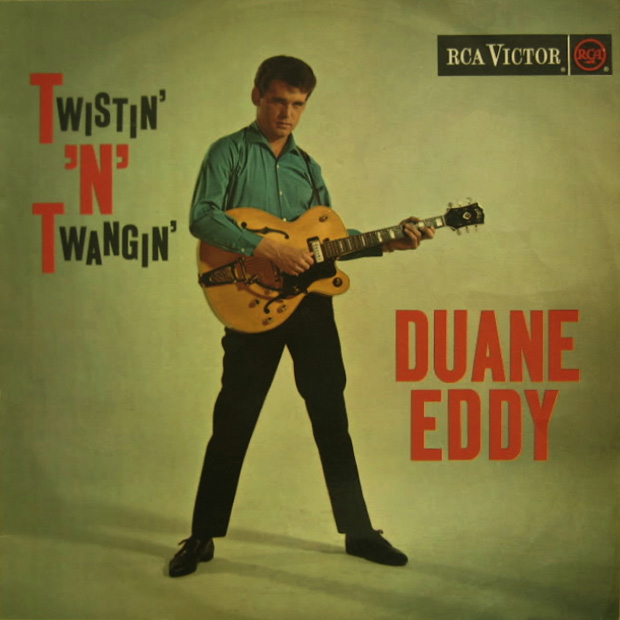
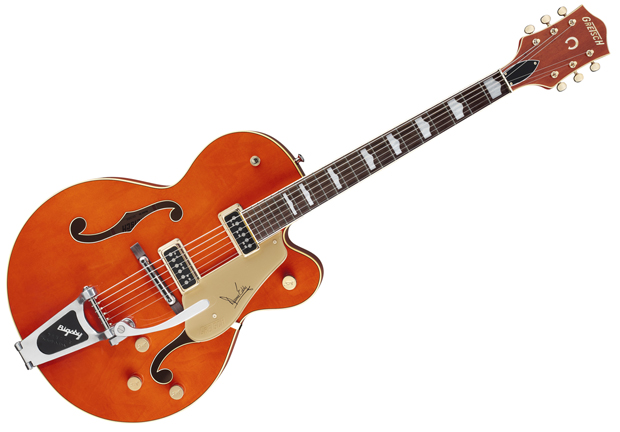
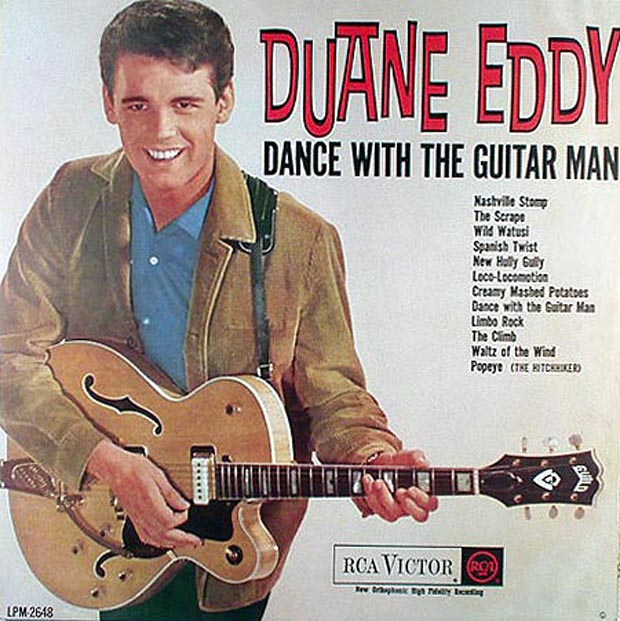
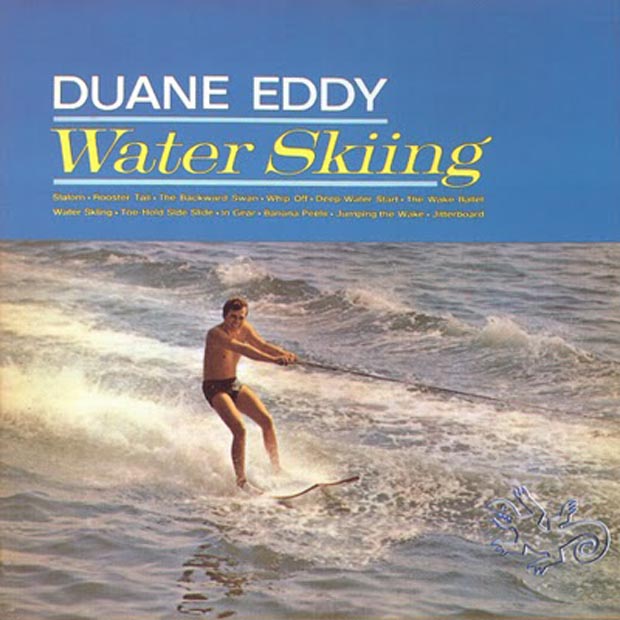
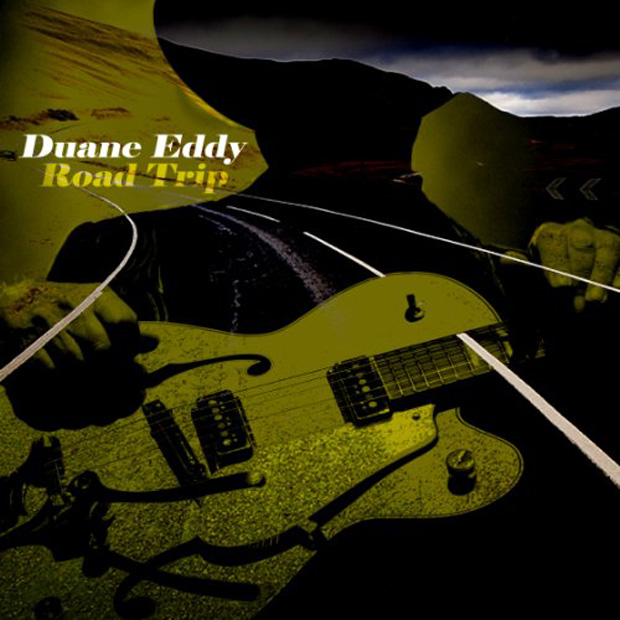
“I was writing songs from eight years old, but once I got a guitar I began to deeply identify with music… building an arsenal of influences”: How Lea Thomas uses guitars her dad built to conjure a magic synthesis of folk, pop and the ethereal
“I liked that they were the underdogs. It was not the mainstream guitar. It was something that was hard to find”: Vox guitars deserve a second look – just ask L.A. Witch’s Sade Sanchez, who’s teaming hers with ugly pedals for nouveau garage rock thrills










